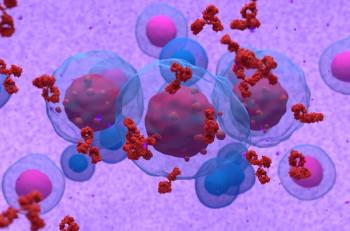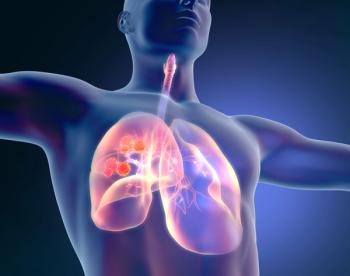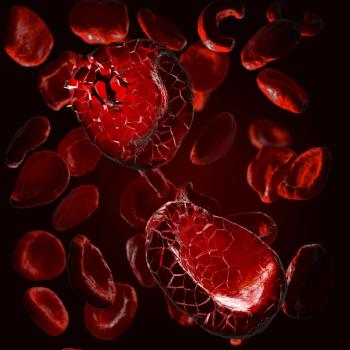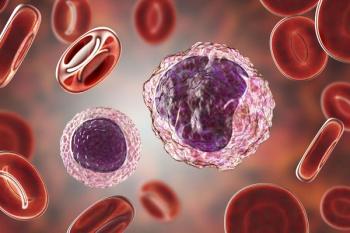
Performance Scales
The Karnofsky performance index and WHO (Zubrod) scale (on the following page) are included here because they are commonly used as proxy measures for quality of life.
Karnofsky performance index
The Karnofsky performance index and WHO (Zubrod) scale (on the following page) are included here because they are commonly used as proxy measures for quality of life. Because they measure only one dimension of the construct, they would not be considered quality-of-life measures by today’s standards. However, given their historic relevance and current high frequency of usage as proxy measures, we have included them here.
WHO (Zubrod) scale
This scale is used to measure performance of which the patient is capable. For example, a patient in the hospital for metabolic studies may be fully capable of performing normal activities but will remain in bed through his or her own choice. Such a patient should be coded 0, “normal.”
From Zubrod CG, Schneiderman M, Frei E III, et al: Appraisal of methods for the study of chemotherapy of cancer in man: Comparative therapeutic trial of nitrogen mustard and triethylene thiophosphoramide. J Chron Dis 11:7–33, 1960.
Newsletter
Stay up to date on recent advances in the multidisciplinary approach to cancer.


















































































